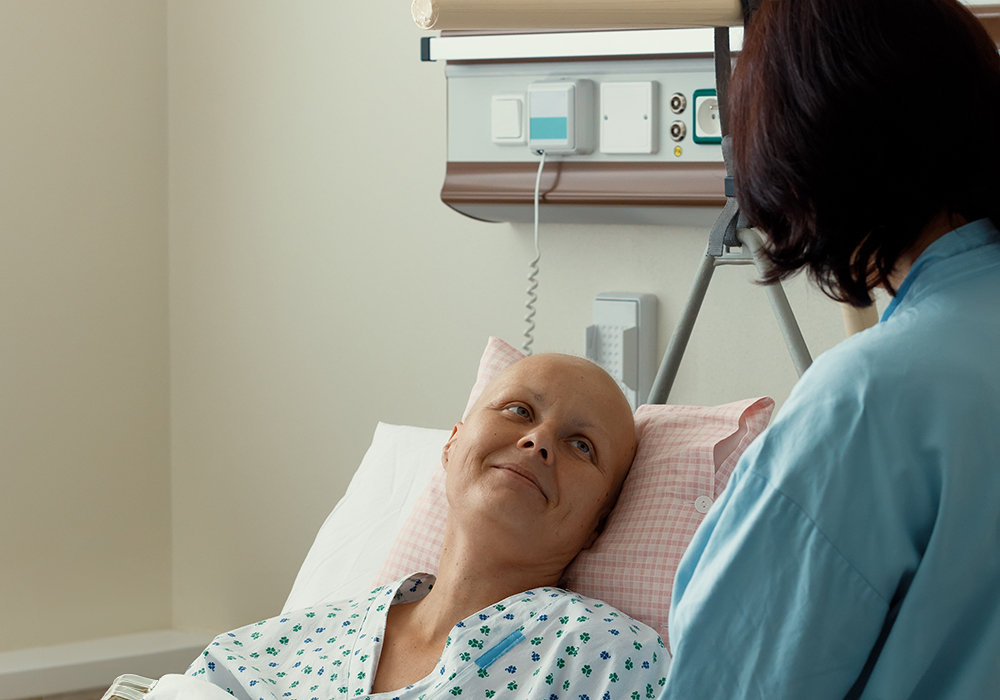Equipping oncology nurses to conduct nutritional screening assessments can help reduce barriers and close gaps in the timely identification of patients with cancer who are at risk for or experiencing malnutrition, investigators reported in an article published in the Clinical Journal of Oncology Nursing. Implementing a standardized, nurse-led screening process helped their community cancer center identify that nearly 40% of their screened patients were at risk for malnutrition, while also increasing nurses’ comfort with and knowledge of cancer-related nutrition.
A cancer diagnosis, treatment, and side effects can all increase a person’s risk for malnutrition, muscle loss, and cachexia, the authors said. Food insecurity or other financial challenges can contribute further risk. Poor nutritional status has been associated with decreased cancer treatment tolerance, increased hospital length of stay, and lower quality of life. Current estimates suggest that 40%–80% of patients receiving oncology care experience disease-related malnutrition, and about 10%–20% of deaths are attributed to malnutritional issues rather than cancer.
Leading cancer organizations recommend that patients receive “early, frequent, and consistent” nutritional screening at the time of cancer diagnosis and throughout treatment, the investigators said. However, many ambulatory or community settings don’t have access to a registered dietitian nutritionist (RDN) to conduct screenings. To fill that gap, the authors conducted a quality improvement project to implement a nurse-led nutritional screening process and risk screening tool in a community oncology practice.
Prior to initiating the screening process, RNs and advanced practice providers (APPs) attended two educational sessions that offered an overview of nutrition in cancer care, taught them how to use the screening tool and interpret its results, and gave them hands-on practice with oral nutritional supplements. They were taught to ask patients open-ended questions such as, “Do your clothes fit differently?” or “Do you feel you are eating okay?” and focus on loss of appetite and unintended weight loss.
The screening process involved three steps:
- Identifying eligible patients (e.g., taking weights at every visit, asking open-ended questions)
- Scoring patients using the screening tool (which takes only two minutes)
- Documenting the nutritional intervention based on each patient’s score (see sidebar)
In the first 12 weeks of implementation, nurses identified 101 patients who should be screened for malnutrition. Of the 80 who adhered to screening, 30 had a score of 2 or greater, indicating nutritional risk, and went on to receive intervention. On pre- and postintervention surveys, nurses reported an increase in nutrition knowledge (84% preintervention to 97% postintervention) and improved personal comfort with assessing and addressing nutritional issues in patients.
Learn more about the oncology nurse’s role in nutrition in cancer care and get tools and resources to apply to your practice in the ONS Nutrition Learning Library.






